Three months ago, eighth-graders at Canoga Park’s Multicultural Learning Center (MLC), a dual-language charter school with a mostly Latino student body, had little more than a basic understanding of the horrors of the Holocaust.
Or, as teacher Maria Jose Estivarez put it: “They didn’t know anything. We studied World War II and I showed them the movie ‘Life is Beautiful.’ ”
On May 24, students had a chance to show their families and invited community members just how much things have changed since then, thanks to a partnership with The David Labkovski Project (DLP). The multidisciplinary education program facilitates project-based learning, combining history, art, writing and critical-thinking skills in the service of Holocaust education.
David Labkovski was a Lithuanian-born Jewish artist who survived the Holocaust after being sent to a Siberian labor camp under Stalin’s regime. The project engages pupils with his paintings and sketches of life before, during and after the Holocaust, in an effort to prepare students to curate their own exhibition of his work.
On the night of MLC’s exhibition, Labkovski’s work was accompanied by student-created art; poetry adorned a chain-link fence just outside the classroom. Text panels, in Spanish and English, offered historical context, while students like Carl MacEwan, 13, delivered their own impressions of original Labkovski works.
“This shows all the destruction — trees cut down, buildings destroyed, everything that the Germans were able to do once the Jews were away,” Carl said, referencing a painting of a mutilated version of Vilna, Labkovski’s birthplace that was ravaged by war. “But there’s a Jewish star still easy to see on this building here, and it shows there’s always hope.”
The David Labkovski Project began to take shape in 2013, one year after the artist’s family came into possession of much of his collection. (Labkovski died in 1989 in Israel but his work wasn’t distributed to family in Israel, South Africa and the United States until after a lengthy legal battle that reached Israel’s Supreme Court.)
Labkovski’s great-niece, Leora Raikin, a South African native living in Los Angeles and an artist who lectures on the history of South African Jews, said, “This is important, historic artwork. … You can’t just let it sit.”
And so Raikin approached the Los Angeles Museum of the Holocaust and deToledo High School (formerly New Community Jewish High School) about a joint exhibition in which high school students were heavily involved in curating a Labkovski display at the museum in April 2015. Raikin had the original artworks flown in from South Africa and Israel.
For the three-month interaction at MLC, the project’s second initiative, Raikin canvassed digitized versions of artwork so students could interact freely with the art without fear of damaging originals.
Raikin, who serves as DLP’s executive director, hopes it offers a model that will catch on.
“The idea is it will go national,” Raikin said, surrounded by her great uncle’s artwork filling the classroom walls. “It’s such a creative, unique way to educate that requires the students to be the teachers.”
Eight project board members spent a combined total of 16 weekly one-hour sessions in the classroom with Estivarez’s students familiarizing them with Labkovski’s story and his life’s work. A portion of study was devoted to genealogy, in which students traced back their own family roots. Students created their own artwork, wrote poetry in English and Spanish and were presented with personal Holocaust narratives from visiting survivors. They also heard secondhand accounts from their DLP educators, several of whom are the children of survivors.
Raikin told the Journal that she and the project’s director of education, Stephanie Wolfson, wanted the pilot program to be in a diverse environment.
“We wanted a real mix of the population, a complete representation,” Raikin said. “From our perspective, these students are going to be the future leaders of California, and unless you understand the background of the Jewish people and the context of that background, you can’t expect people to understand anti-Semitism. The lessons apply to tolerance today and accepting people for who they are.”
MLC, founded in 2001 by Jewish mother-daughter duo Gayle Nadler and Toby Bornstein, is the first public school in the nation to partner with DLP.
Nadler said the program was inspirational for the students.
“I’m blown away. Eighth grade isn’t easy to teach. They can get bored easily. This moved them. The students were just so engaged,” she said.
At the recent exhibition, Chelsea Taura and Malena Mourino, both 13, stood by the door greeting guests and discussing early Labkovski works. They said they were skeptical at the program’s outset, but quickly changed their minds.
“To be honest, we thought it was just going to be another long part of the school year,” Chelsea said.
“We didn’t anticipate how important it all was,” Malena added. “I’m in disbelief that we get to do a program like this in eighth grade at a public school.”
Consul General of Lithuania in Los Angeles Darius Gaidys was among the evening’s special guests, as were a mix of local school representatives eyeing the potential for future partnerships. They included Viewpoint School in Calabasas, Abraham Joshua Heschel Day School in Northridge, Los Angeles Unified School District’s Daniel Pearl Magnet High School and Chapman University.
Deborah Smith, principal of the Daniel Pearl school, said she resembled a young learner that evening — knowing little coming in and leaving eager to know more.
“I came here tonight with an open mind, open to receive whatever was being offered,” Smith said. “All I want to hear now is how to make this a part of our world history curriculum.”






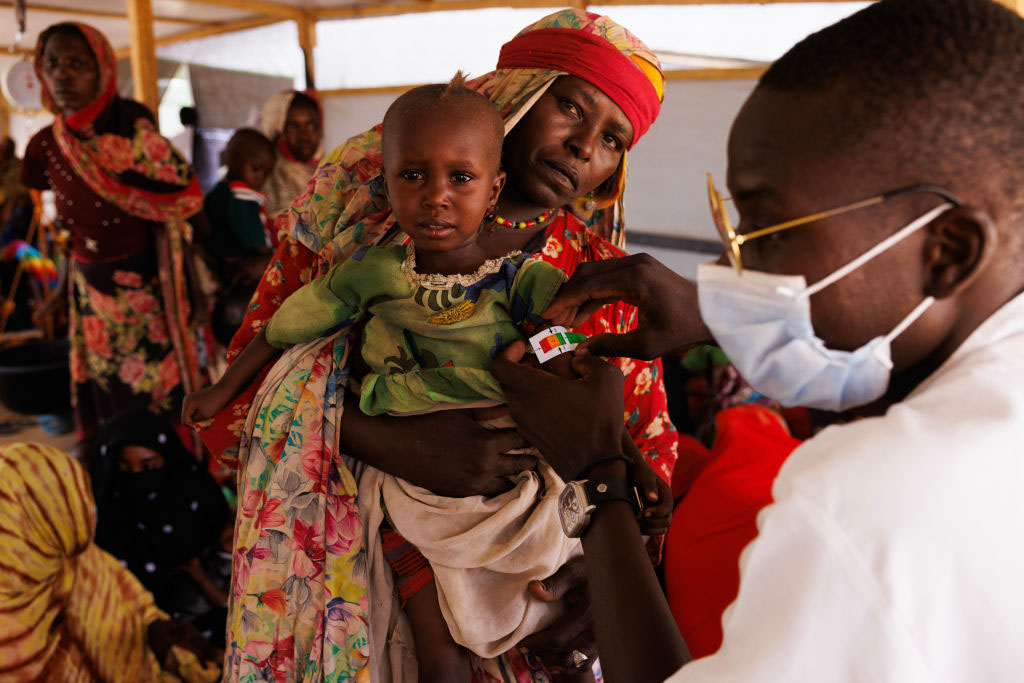


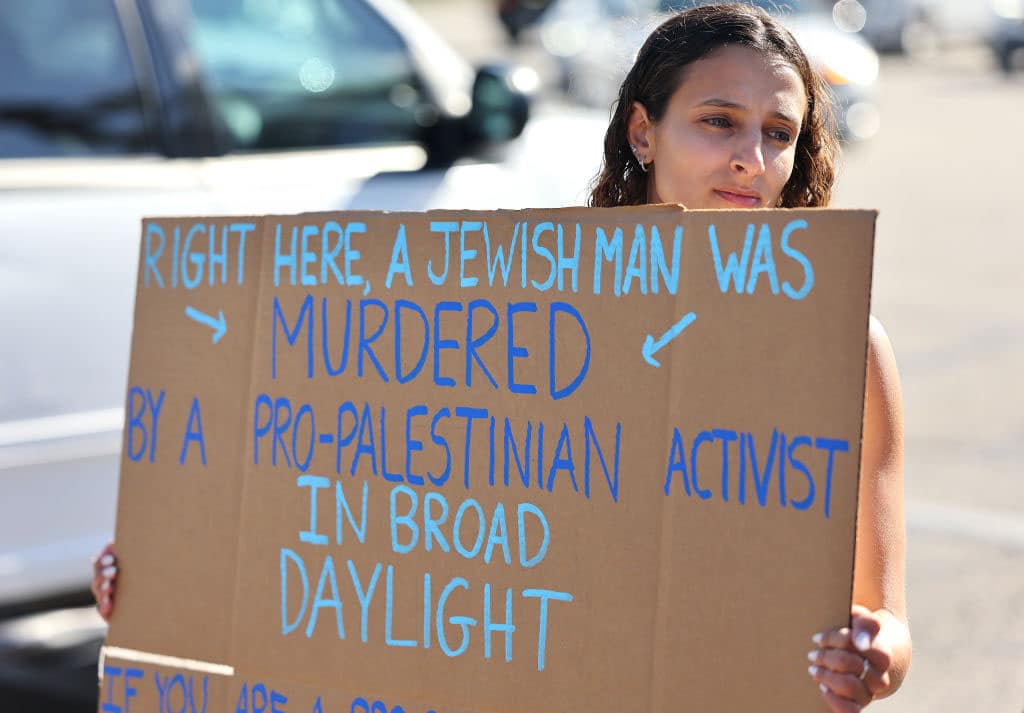



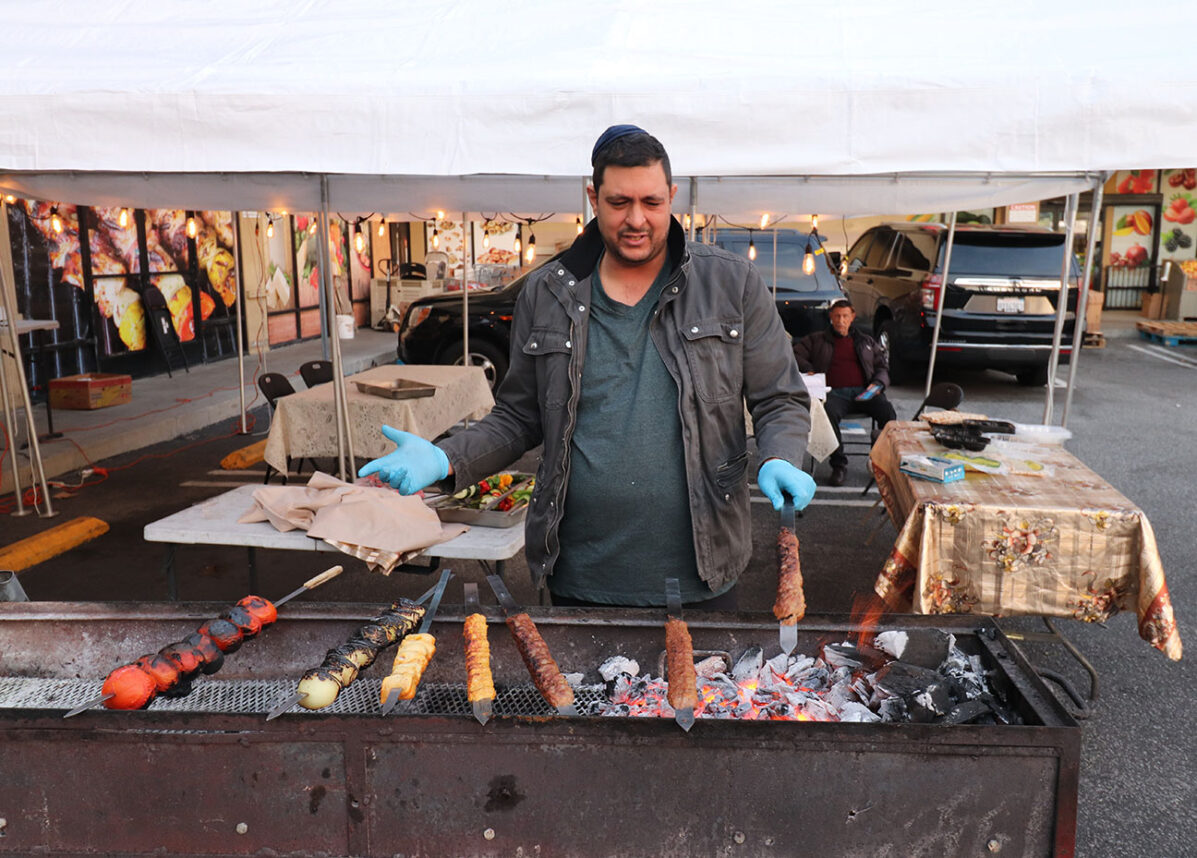

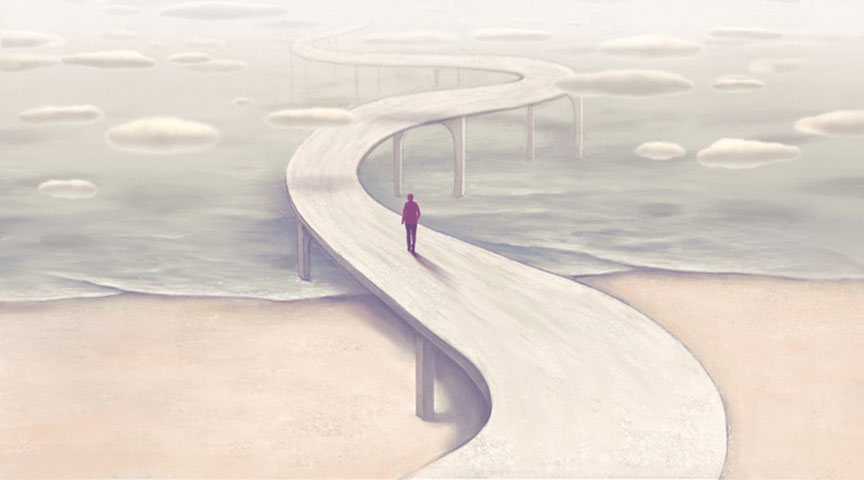




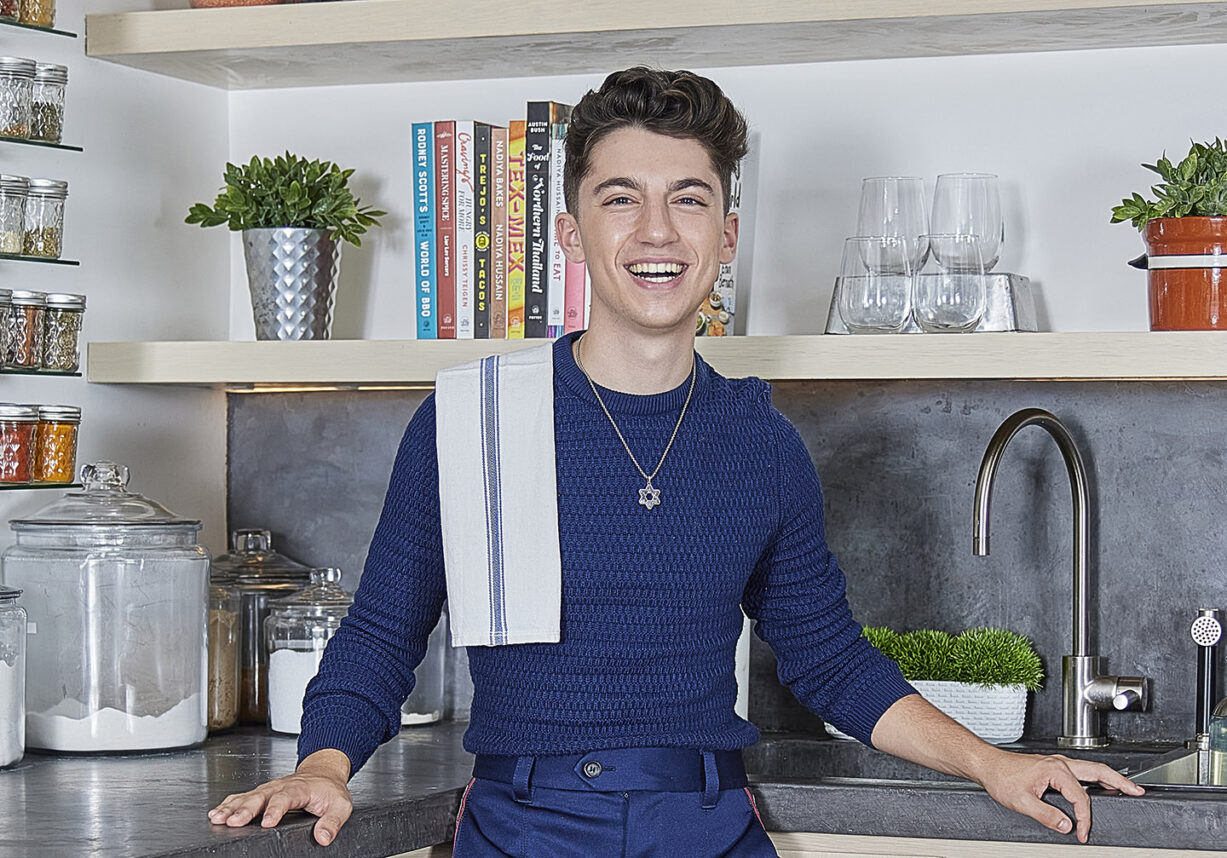

 More news and opinions than at a Shabbat dinner, right in your inbox.
More news and opinions than at a Shabbat dinner, right in your inbox.